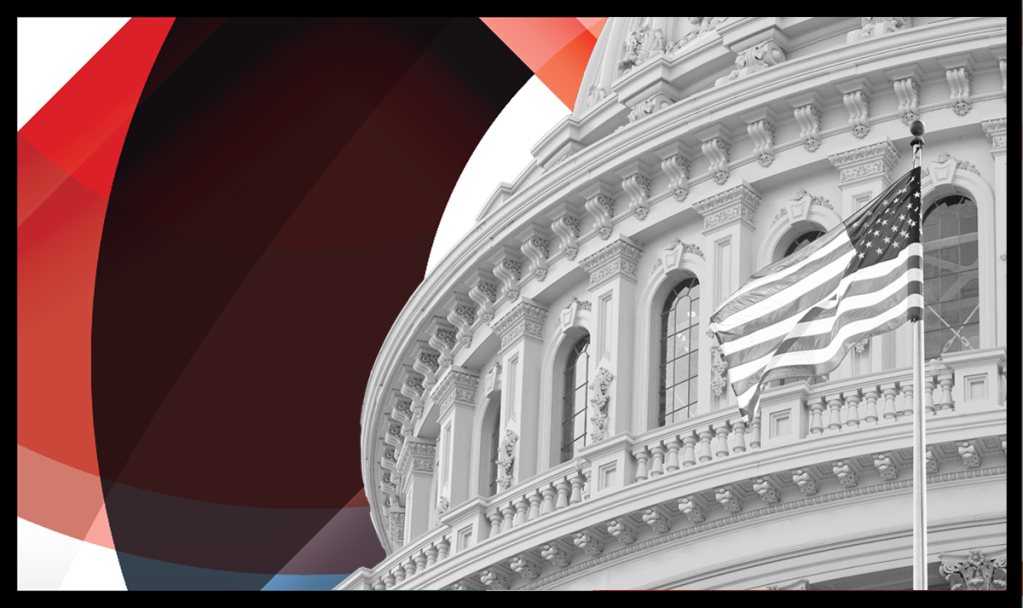
Senate Democrats this week unveiled a $3.5 trillion social infrastructure framework which would include down payment assistance, but little else to address challenges low-income and minority borrowers face in the housing market.
The framework would set aside $332 billion for affordable housing. Senate Democrats hope to pass the legislation through an abbreviated budgetary process known as reconciliation, in tandem with the $1.2 trillion bipartisan infrastructure package, which passed the Senate on Tuesday. Biden has said he will only sign the bipartisan effort if the $3.5 trillion package, which includes much of his agenda, also passes.
But so far, the proposal contains few ambitious new programs to tackle problems in the housing market. Besides down payment assistance, there’s no proposal to close the racial homeownership gap. Nothing in the proposal would salvage the country’s aging housing stock, or train a fleet of buildings tradespeople to retrofit inefficient homes. There’s no program make low-dollar mortgages make sense for those who finance them, and no funding to create a homeownership voucher.
Most programs in the $3.5 trillion framework are geared toward renters, not homeowners. The biggest exception is down payment assistance, which President Joe Biden campaigned on, and which housing affordability proponents have argued would help more access homeownership.
The Senate’s version is light on details, but a legislative proposal already exists in the House of Representatives. In July, California Congresswoman Maxine Waters, who chairs the House Financial Services Committee, proposed a $100 billion down payment assistance bill to provide up to $25,000 to first-time homebuyers.
It’s possible the Senate could incorporate the Waters down payment assistance bill into legislation, which would ultimately also need to pass the House of Representatives. That will most certainly happen after August, when lawmakers typically take recess.
Senate Budget Chairman Bernie Sanders (D-VT) described the bill as the most consequential bill since the New Deal of the 1930s.
“We will combat homelessness in America and address the reality that nearly 18 million households are paying over 50 percent of their income for housing through an unprecedented investment in affordable housing,” Sanders said Tuesday on the Senate floor.
Details, details
So far, beyond down payment assistance, it’s unclear what shape the affordable housing investments would take.
The framework would provide additional funding for the Housing Trust Fund, overseen by the Department of Housing and Urban Development, which preserves and increases low-income rental housing and is funded by Fannie Mae and Freddie Mac. Each year, the Housing Trust Fund receives a 65% of 4.2 basis points of the unpaid principal balance of Fannie Mae’s and Freddie Mac’s new business purchases.
While part of the Housing Trust Fund’s mission is to increase homeownership for low-income households, only 10% of the program’s funds may be used for homeownership. The remaining 90% is for rental housing efforts and administrative costs.
This year, HUD allocated nearly $700 million to the program, more than double last year’s allocation $323 million.
Another initiative listed in the social infrastructure bill is HOME, a HUD-administered federal block grant program which, since 1990, has funded tenant-based rental assistance, housing rehabilitation, homebuyer assistance and new housing construction. Congress appropriated $1.3 billion for the program last year. Two thirds of the 1.3 million units the program funded are rentals, per a 2020 congressional report on the program. Less than half of the $36 billion in HOME funding over the years has supported homebuyer or homeowner units.
The infrastructure plan would also add funding for the Treasury-administered Capital Magnet Fund which, like the Housing Trust Fund, is funded via a cut of new business from Fannie Mae and Freddie Mac. The fund receives the other 35% of the 4.2 basis point pool of unpaid principal balance of new business at the GSEs, and in 2020, that amounted to $383 million.
The Capital Magnet Fund offers competitive grants to community development financial institutions. Typically, CDFIs are nonprofit entities that offer affordable financing options and education for specific low-income communities. Just 4,500 of the 28,000 affordable units the fund has created are homeowner-occupied, and the rest are rental units.
Senate Democrats would also dedicate funds to community land trusts, a homeownership model which allows homeowners to purchase a home below market value and pay a small monthly fee to lease the land, which the trust owns. Funding from fees, however, is often not sufficient, and so community land trusts rely on grant funding from a variety of sources, including HUD’s community development block grant and HOME programs.
The infrastructure framework would also direct funds toward rural housing and HUD’s community development block grants program, as well as zoning, land use and transit improvements, public housing capital investments and creating “healthy and sustainable housing.”
Making a dent
Mike Loftin, an affordable housing veteran-turned visiting fellow at the Urban Institute, said that the laundry list of affordable housing items in the infrastructure framework seemed to be “more of the same, where the same didn’t move things much at all.”
For Loftin, the most promising part of the framework from a homeownership standpoint, besides a possible down payment assistance program, is the inclusion of the word “equity.” That signals that lawmakers are at least thinking about how to address the racial homeownership gap.
It will be important, as negotiations continue, to assess whether the funding is enough to make a dent, how the programs are funded and what federal entities will deploy the funds, Loftin said.
“What I worry is, we’re justifying and promising new money because we have a homeownership gap that is inexcusable,” said Loftin. “But we could close it. This is a blocking and tackling program, this is not sending someone to Mars — we just have to make it a priority.”







Mike Loftin makes a good point, but at least the momentum is heading in the right direction.
The House just approved HUD appropriations for FY 2022 with $50 million set aside in the HOMES budget. for a new unnamed down payment assistance program.
Steve Cook
The Down Payment Report